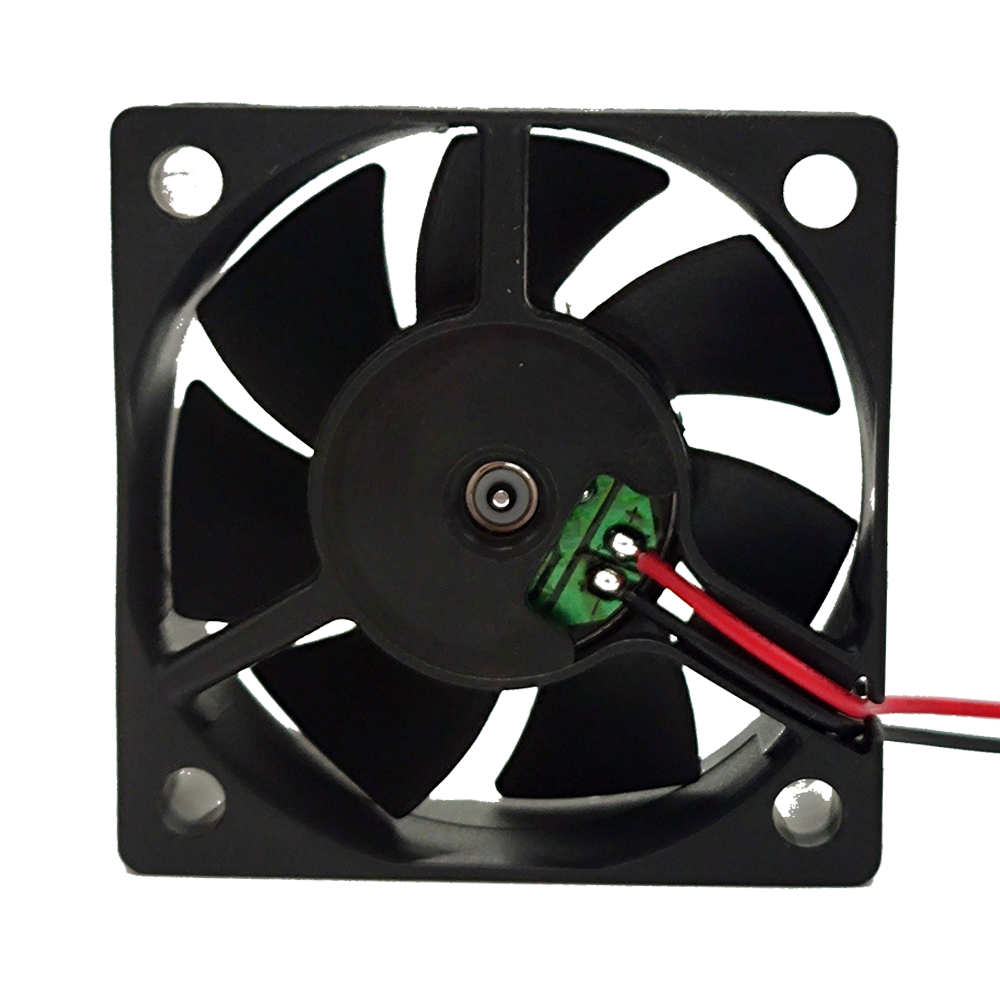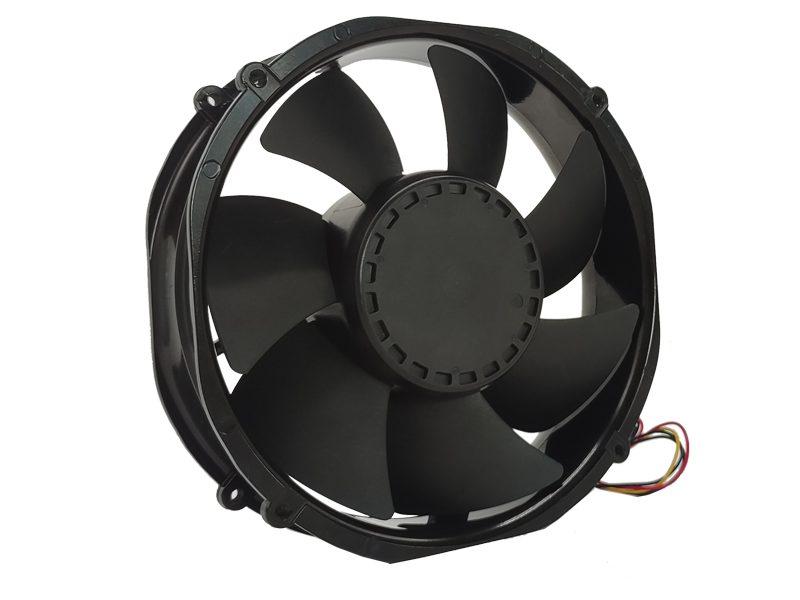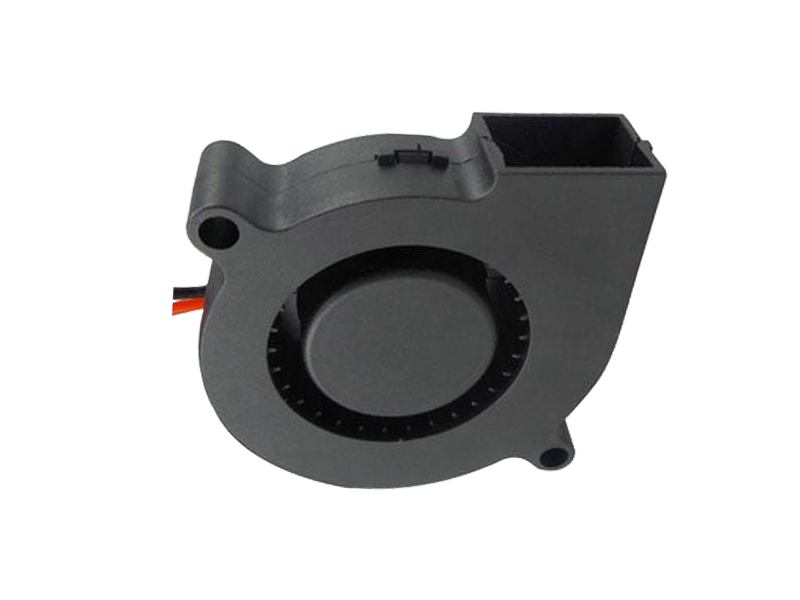Introduction
With ESG pressures mounting, industrial fan manufacturers face dual challenges: reducing lifecycle emissions and ensuring product longevity. This article examines strategies for eco-design, material circularity, and end-of-life recovery.
1. Eco-Design Principles:
Lightweighting Through Topology Optimization:
Generative design software reduces steel usage by 27% in fan pedestals while maintaining structural integrity.
Case Study: A beverage bottling plant cut transportation emissions by 14% through lighter fan packages.
Energy Efficiency as Carbon Lever:
High-efficiency motors (IE4/IE5) cut operational CO2 by 1.8 tons per fan over 10 years.
Variable pitch fans reduce energy waste in partially loaded conditions, critical for HVAC applications.
2. Material Innovation:
Recycled Composites:
Fans with 45% recycled glass-fiber content meet UL 746B flammability standards.
Post-consumer ABS from electronics waste forms 30% of motor housings.
Bio-Based Alternatives:
Castor oil-derived polyols replace petrochemicals in fan impeller resins.
Hemp fiber reinforcements offer 20% better damping than glass fibers.
3. Modular Architecture:
Plug-and-Play Components:
Quick-release motor modules reduce repair downtime from days to hours.
Standardized flange patterns allow retrofitting of newer fans into legacy systems.
Upgrade Kits:
VFD retrofit packages extend fan lifespans by 8-12 years through speed control.
Case Study: A cement plant avoided $2.3M in replacement costs through blade geometry upgrades.
4. End-of-Life Strategies:
Design for Disassembly:
Snap-fit connections and hex-free fasteners enable 95% material recovery.
Motor stator recycling processes recover 98% of copper content.
Takeback Programs:
Manufacturers like ebm-papst offer buyback incentives for retired fans.
Remanufactured fans sold at 60% of new price with 2-year warranties.
5. Life Cycle Assessment (LCA) Integration:
Software-Driven Optimization:
SimaPro LCA tools identify "hotspots" – often bearing lubricants account for 14% of lifecycle GWP.

Biodegradable PAO synthetic lubricants reduce this impact by 89%.
EPD Certification:
Environmental Product Declarations provide transparent emissions data for procurement teams.
23% of industrial tenders now require EPD compliance.
Conclusion
Sustainable industrial fan design requires rethinking the entire value chain. Products must minimize embodied carbon, operate efficiently for decades, and close material loops at end-of-life. The most impactful innovations often emerge at interfaces – between materials science and modular engineering, or between LCA software and manufacturing processes.
Each article provides unique technical depth while maintaining product-centric perspectives, covering engineering principles, vertical market solutions, and sustainability strategies respectively.
Recommended Products

The main purpose:Car charging station

The main purpose:Car charging station

The main purpose:Electronic refrigerators, water dispensers, direct drinking machines, inverter power supplies
Address:No. 4137, Longgang Avenue (Henggang Section), Henggang Community, Henggang Street, Longgang District, Shenzhen
hotline:13530005572(Chen)15112579390(Li)


Welcome all friends to come for consultation and negotiation.
Copyright 2024 @ Shenzhen Youneng Xinyuan Electronics Co., Ltd.,(industrial fans,industrial blowers,axial fans,cooling fans manufacturer,centrifugal fans,ac cooling fans,dc cooling fans)